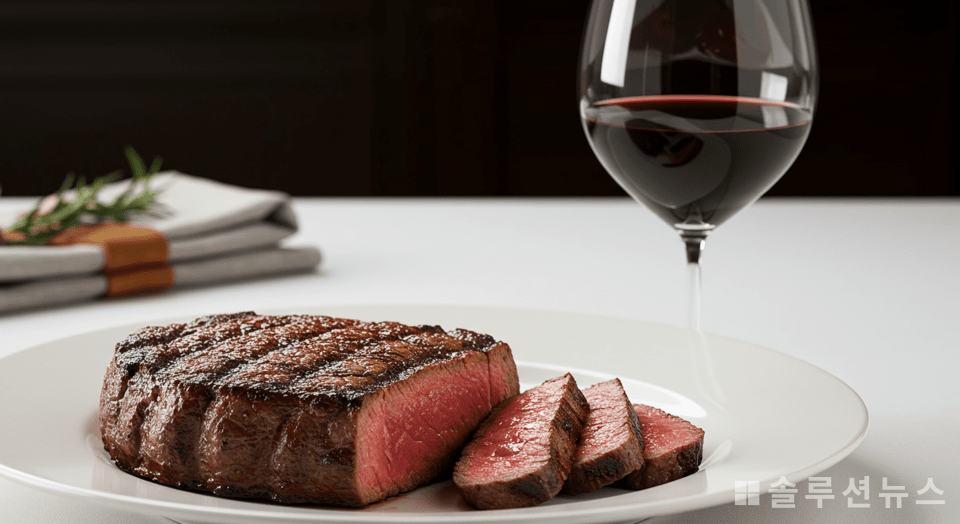The taste of wine changes from the moment the bottle is opened. It’s not just about pouring and drinking. True wine tasting involves smelling the aroma, slowly savoring the flavor, and considering the harmony with food. Let’s explore how to fully enjoy the taste of wine and the principles of food pairing.
There is a set order when it comes to drinking wine. First, lift the glass to observe the color and density. Red wine ranges from deep ruby to brick hues, while white wine varies from pale green to golden. High viscosity usually indicates a higher alcohol content.
Swirling the glass to inhale the aroma is also important. Depending on the grape variety, you can detect a range of aromas such as plum, berry, citrus, herbs, earth, and wood. After the initial aroma, inhaling it again reveals a deeper scent that develops through oxidation.
Once in the mouth, slowly assess the acidity, sweetness, tannins, body, and finish. The time the wine lingers in the mouth and the length of the aftertaste are also criteria for evaluating the quality of the wine.
Wine truly shines when paired with food, enhancing or balancing its flavors. Here are some general pairing principles:

Red wine, with its strong tannins and structure, pairs well with red meats like steak and mature cheeses. White wine, with its high acidity and lightness, complements seafood, chicken, and salads. Rosé wine, with its balance of red fruit aromas and acidity, is suitable for seafood, light salads, and grilled vegetable dishes.
Sparkling wine goes well with appetizers, thanks to its bubbles enhancing the appetite, and can also pair well with light desserts. Dessert wine, with its strong sweetness, pairs well with flavor-rich foods such as blue cheese, nuts, fruit tarts, and chocolate.
Wine is not just a luxurious beverage. When you consider the aroma, temperature, harmony, and aftertaste, its complexity fully lingers on the palate. It’s not just about taking a sip; understanding wine comes quickest through savoring it with all senses.